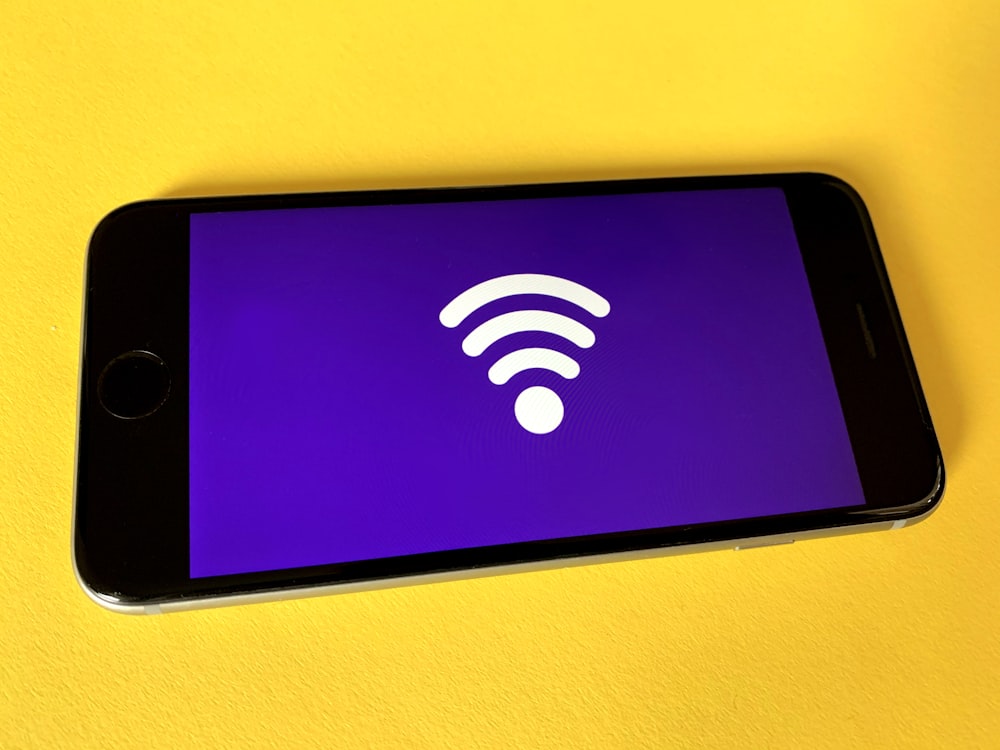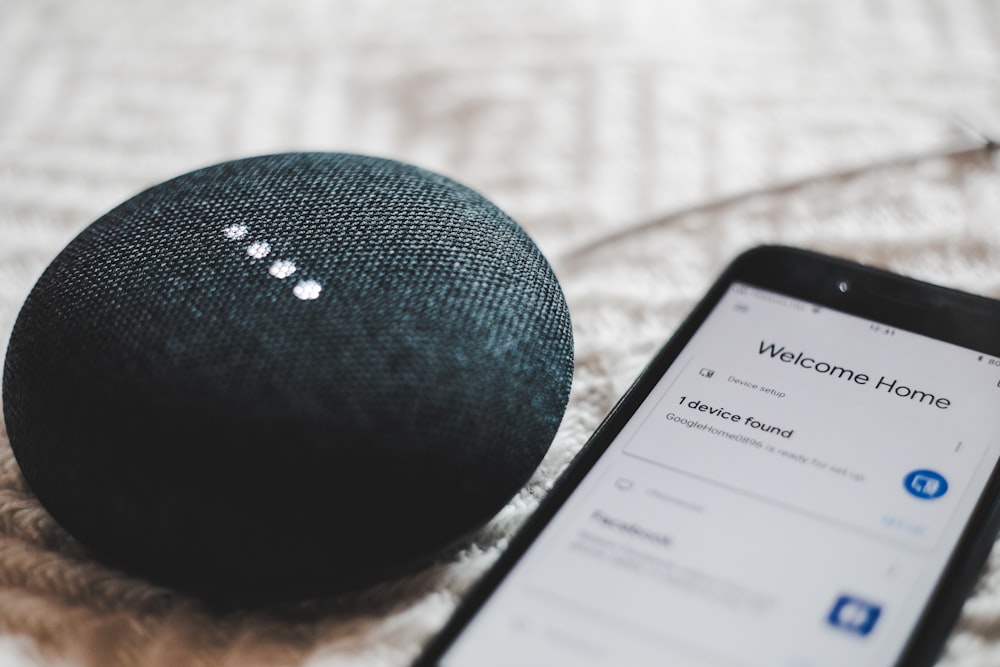The introduction of 5G technology, like the automobile, has rapidly changed how the world connects and communicates. As the crowned successor to 4G, 5G is designed to connect everyone and everything, whether machines, objects, or mobile devices. It has allowed the Internet of Things, or the vast network of physical objects embedded with software, sensors, and other technology, to expand to a new level. These devices range from everyday objects like thermostats and fitness devices to high-tech industrial machinery or vehicles. The combination of 5G tech and the Internet of Things sets humanity up for a massive expansion within the technological age.
The Key Features of 5G
To get back to the basics, we should first explain 5G. At its roots, 5G is the 5th-generation mobile network. It delivers the highest data speeds we’ve ever seen, the lowest latency, increased reliability, and a more consistent user experience worldwide. These upgrades will impact every primary industry, including making safer transportation possible, improving remote healthcare, increasing the precision of agriculture, and faster digitized logistic systems.
New Usages of 5G
Photo by Franck on Unsplash
Mobile Broadband
So far, three main types of services have used 5G technology to change how they operate. The first is improved mobile broadband. 5G makes our smartphones much faster and allows for new experiences like Augmented Reality and Virtual Reality. These experiences were hardly possible on mobile devices with 4G, but 5G has allowed them to blossom.
The Internet of Things
The second industry is the one mentioned earlier, the Internet of Things. The Internet of Things was the main vocal point for the development of 5G, as its advanced speed, like a superhighway, will allow many objects to be connected more quickly. The primary goal of the Internet of Things is to collect and analyze data to improve efficiency and automate processes.
So, the sensors in these objects will provide more data than we’ve ever had access to, changing research and development forever. Data strategists will be able to do this with highly lean and low-cost connectivity solutions, lowering the barrier to connection drastically.
Devices in the IoT
Photo by Bence Boros on Unsplash
As we mentioned, the Internet of Things encompasses nearly every technological device you can think of. Smart home technology has been developed on the 5G network that allows homeowners to adjust their settings based on the data gathered around the globe. Wearable health trackers, medication dispensers, and remote patient monitoring devices have changed the medical industry. There has even been the introduction of an extended Internet of Things, called the Industrial IoT, which sensors manufacturing equipment and production for efficiency, predictive maintenance, and quality control.
Critical Communication Systems
Finally, 5G will allow new services to utilize remote control over their systems. These industries include healthcare and medical treatments, vehicles with self-driving technology, and critical infrastructure like power grids and nationwide communication networks.
Unlimited Wi-Fi Hotspot Connectivity
With the massive growth of 5G technology comes unlimited Wi-Fi hotspot connectivity. Unlimited Wi-Fi hotspots allow users to access the internet from anywhere, on any device, with no data cap or limitation. This will enable users to provide on-the-go internet access to as many devices as they need and to any friends or family members who may also need access.
Photo by Bernard Hermant on Unsplash
Wi-Fi hotspots allow remote areas to access the internet, and by leveraging 5G networks, Internet of Things devices can transmit data to the cloud with these WiFi hotspots. The combination of these two improvements allows for real-time monitoring and control in previously unreachable areas for testing. 5G unlimited hotspots also push the limits for augmented reality, as users can stay in their AR applications on the go, regardless of whether the area is accessible.
The integration of 5G, the Internet of Things, and unlimited Wi-Fi hotspots show the signs of a transformative era of connectivity. We are more connected than ever before; with increased efficiency, expanded possibilities, and worldwide accessibility, the growth of our cell services continues to revolutionize every single industry, empower users, and propel us toward a more innovative future.








